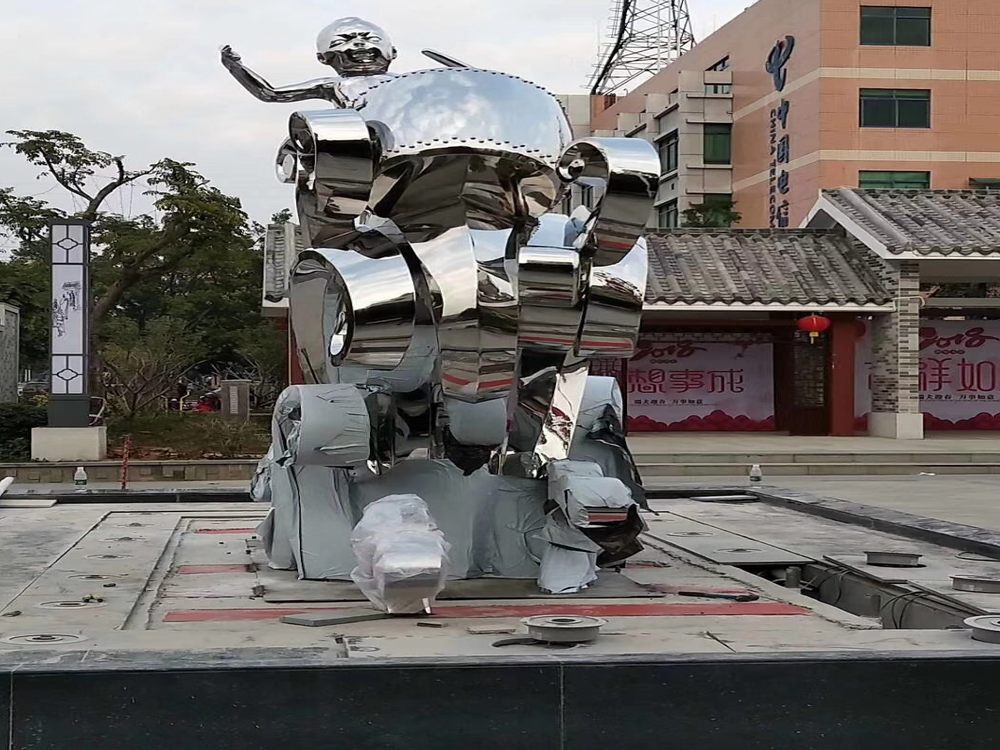
The ability to evoke movement in static stone sculptures is a testament to an artist’s mastery of form, texture, and composition. Through carefully crafted techniques, sculptors breathe life into rigid materials, transforming cold stone into dynamic works of art.
One of the most effective methods is the use of dynamic poses. By positioning figures in mid-action—such as a dancer mid-twirl or a warrior mid-strike—artists imply motion frozen in time. The contrapposto technique, where weight shifts to one leg, creates a natural sway that suggests movement.
Flowing lines and drapery also play a crucial role. Sculptors carve fabric folds that appear to ripple or billow, guiding the viewer’s eye along imaginary paths of motion. The strategic use of asymmetry further enhances this effect, avoiding rigid symmetry to mimic organic movement.
Texture and detailing contribute as well. Rough, unfinished sections contrast with polished surfaces, creating visual rhythm. Even the direction of chisel marks can imply motion, like wind-swept hair or cascading water.
Ultimately, the illusion of movement in stone relies on the artist’s ability to manipulate perception, turning stillness into a fleeting moment of life.

